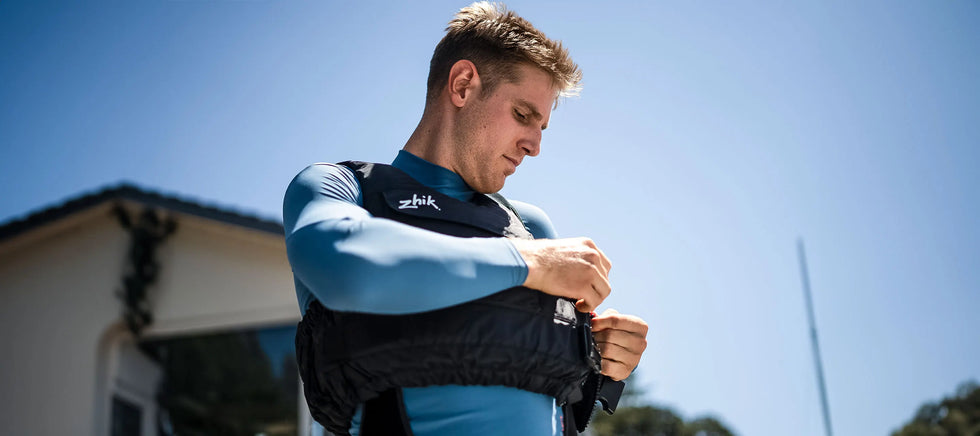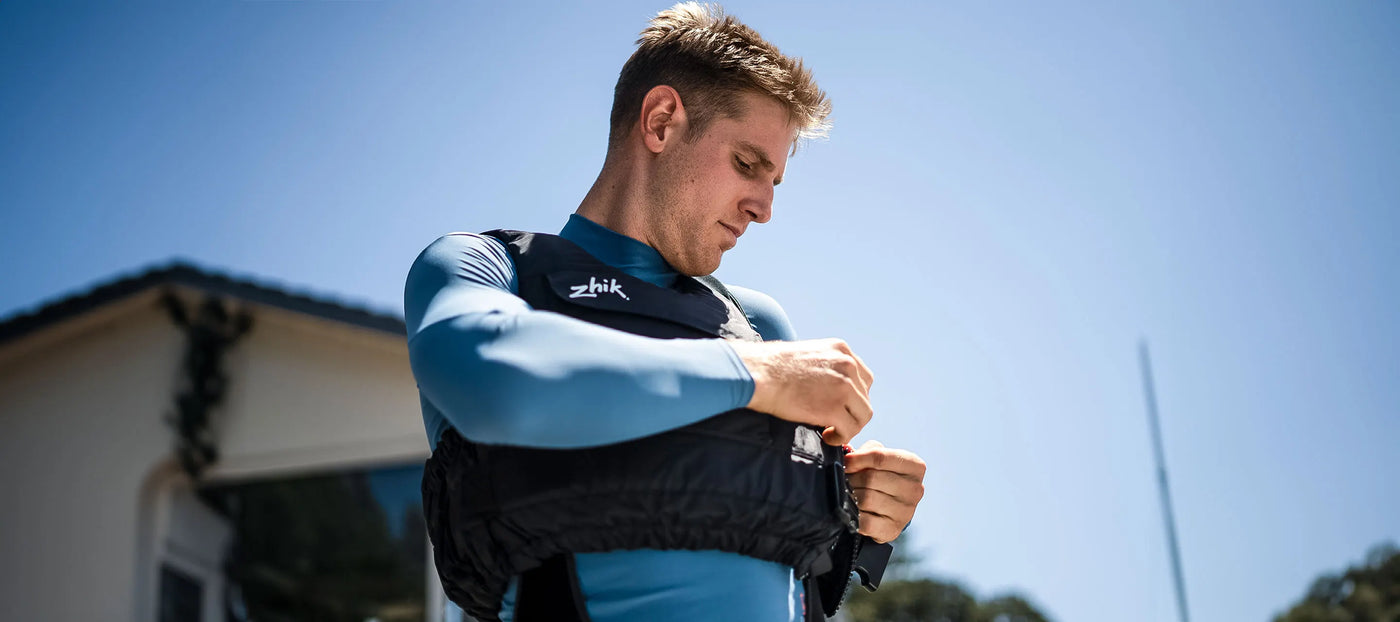Out there, between wind and water, your life jacket isn’t just a piece of gear — it’s your silent partner. The one that never argues, never tires, and might one day save your life. Choosing it well means trusting your instincts as much as your seamanship.
1. Start With Your Sailing Style
No sailor is the same. Some chase horizons offshore, others trim sails close to the coast.
The right life jacket depends on where and how you sail:
Type of Sailing |
Recommended Life Jacket |
Why It Matters |
|---|---|---|
Offshore passages |
Type I or Offshore Inflatable |
Designed for long exposure and heavy seas |
Coastal cruising |
Type II or Compact Inflatable |
Comfort meets reliability |
Dinghy racing |
Buoyancy Aid / Type III |
Maximum agility for quick maneuvers |
Paddleboarding or kayaking |
Type III or Belt Pack |
Light, flexible, perfect for calm waters |
A good rule: the rougher the sea, the higher the buoyancy.
Must Have Products For Beginners
2. Fit Isn’t Just About Size It’s About Movement
A life jacket that fits right moves with you, not against you.
When you tack, trim, or haul a line, you should forget you’re even wearing it.
Here’s how sailors know it fits:
- It sits snugly on your torso, even when you lean forward.
- The shoulder straps stay put — not climbing toward your ears.
- You can bend, reach, and look up at the mast without feeling trapped.
Because comfort is safety. If it feels wrong, you won’t wear it when it counts.

3. The Modern Inflatable Revolution
Gone are the days of stiff foam blocks.
Today’s inflatable life jackets combine smart engineering with sleek design.
Sailors now choose between:
Manual inflation (pull the cord yourself)
Automatic inflation (activates on contact with water)
Hydrostatic inflation systems (Hammar-style — triggers only when fully submerged)
If you’re offshore, choose hydrostatic.
If you race or move fast on deck, a manual inflator avoids accidental activation.
And yes — all of them are available with rearming kits you can replace yourself after use.

4. The Small Details That Make a Big Difference
What separates a decent vest from a great one are the details:
- Reflective panels that catch a searchlight.
- A whistle easy to reach in the dark.
- A light attachment that never tangles with your harness.
- Mesh panels that keep you cool in the tropics.
These aren’t extras — they’re signs of good seamanship.
5. Choose Gear That Matches Your Confidence
At MAURIPRO Sailing, we’ve tested, fitted, and trusted every life jacket we recommend.
Our sailors wear them through gales, regattas, and crossings — because when the wind shifts, you want gear that doesn’t second-guess itself.
Whether it’s a Spinlock Deckvest, a Crewsaver ErgoFit, or a MAURIPRO Classic, every model we carry is built with the same philosophy:

“Sail smart, sail safe, and sail free.”
⚓ Final Thought
The best life jacket isn’t the one with the fanciest features — it’s the one you actually wear, every single time you cast off.
Because the sea doesn’t give warnings.
Frequently Asked Questions
What are the main types of life jackets and their differences?
There are three main types: foam, inflatable, and hybrid.
Foam life jackets provide constant buoyancy and are very reliable.
Inflatable life jackets are lighter and more comfortable but require manual or automatic inflation.
Hybrid jackets combine both technologies for versatility
How do inflatable life jackets work compared to foam ones?
Inflatable life jackets use a CO₂ cartridge that fills the bladder when activated, either automatically upon water contact or manually by pulling a cord. Foam jackets, on the other hand, rely on built-in buoyant material and do not need activation.
How often should a life jacket be inspected or serviced?
Foam jackets should be checked visually before every use for tears or damage. Inflatable models should be inspected annually and serviced by an authorized center every 2 years, depending on manufacturer guidelines.
What materials are used in high-performance sailing life jackets?
Typically, nylon or polyester outer shells with closed-cell foam or thermoplastic bladders. Premium jackets may include neoprene collars and reflective SOLAS tape for visibility.





